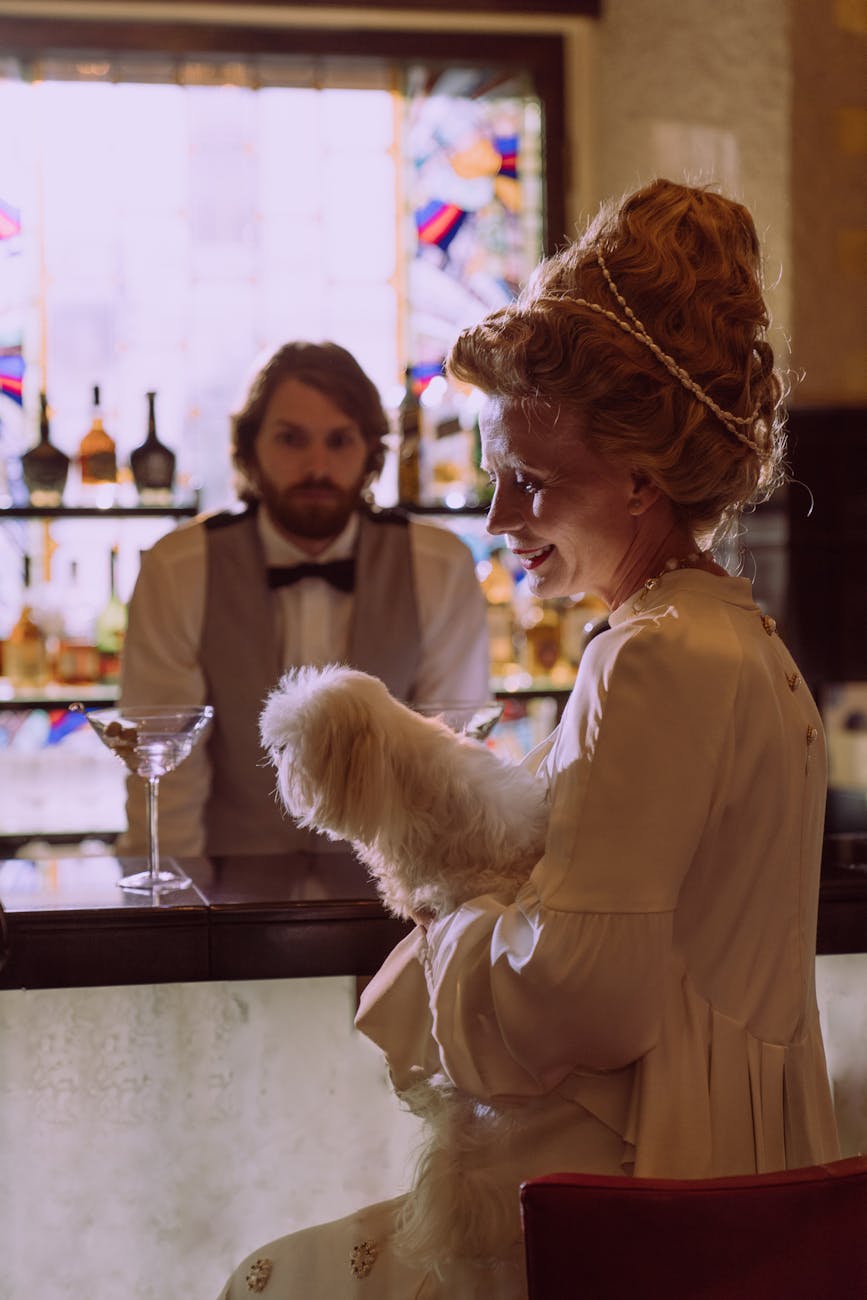Have you ever noticed how your favorite high-end whiskey seems to become more expensive over time? The truth is, the luxury alcohol market is a delicate balance of supply and demand, where scarcity plays a pivotal role in determining value. In this blog post, we’re going to explore the dynamic nature of scarcity, the fascinating ways it impacts pricing, and why limited availability can lead to an insatiable thirst for top-shelf spirits. Whether you are a casual drinker or a high-end collector, understanding the intricacies of this market can provide valuable insights into your purchasing decisions.
As we dive deeper, you’ll discover how scarcity creates desirability and why that shiny bottle of vintage champagne might be out of reach for most. We’ll also examine how producers use scarcity intentionally, shaping consumer behavior and influencing perceptions of worth. So, let’s embark on this journey together to uncover the layers of value within the luxury alcohol market, revealing how rarity transforms ordinary bottles into extraordinary treasures.
Table of Contents
- Understanding Scarcity
- The Price Tag Effect
- Creation of Desire
- Intentional Scarcity
- The Future of Luxury Alcohol
- Final Thoughts
- FAQ
Understanding Scarcity
Scarcity is more than just a buzzword; it’s a fundamental principle that governs economic systems. When it comes to luxury alcohol, scarcity occurs when the available supply of a product cannot meet the demand. This imbalance creates a heightened sense of value. Imagine a limited-edition bourbon that only a select few can acquire; its rarity sparks intrigue, prompting enthusiasts to vie for a taste of something extraordinary. Each drop transforms into an experience that goes beyond mere consumption—it becomes a status symbol, a conversation starter, and an investment opportunity. Understanding how scarcity weaves itself into the narrative of luxury alcohol sets the stage for comprehending its true market value.
The Price Tag Effect
The connection between scarcity and price cannot be overstated. When a brand releases a small batch of a sought-after spirit, the price often skyrockets almost immediately. Limited releases from esteemed distilleries tend to attract a loyal following willing to pay a premium for exclusivity. As consumers engage in bidding wars or rush to secure their desired bottle, the perceived value swells. This phenomenon is not just about the liquid inside the bottle; it encompasses branding, marketing, and—ironically—the very essence of scarcity. When consumers experience a sense of urgency, they are more likely to justify spending beyond their means in pursuit of a previously unattainable luxury.
Creation of Desire
Luxury alcohol brands have mastered the art of desire. Building an aura around their products is achieved through innovative marketing strategies that emphasize rarity, craftsmanship, and heritage. By evoking images of exclusiveness and sophistication, brands inspire consumers to aspire for ownership. The storytelling behind each bottle adds layers of allure, creating a narrative that resonates with both collectors and connoisseurs. The anticipation leading up to limited releases, coupled with the thrill of tasting something few have experienced, fuels an unabashed enthusiasm that transforms casual drinkers into fervent advocates. This cultivates a culture where the chase for what’s rare becomes a lifestyle and an identity.
Intentional Scarcity
Producers are not merely passive bystanders in the realm of scarcity; they actively manipulate it to elevate their products. By intentionally limiting the number of bottles released or creating exclusive lines that are available only to select markets, brands craft an environment ripe for consumer enthusiasm. Such strategies enhance the allure of their offerings, arousing curiosity and demand. Collaborations with renowned artists or creative partnerships can elevate a brand’s standing as those limited-edition pieces become valuable artifacts. This intentional approach emphasizes a calculated understanding of market behavior, demonstrating that the power of scarcity is as much about consumer perception as it is about actual supply.
The Future of Luxury Alcohol
The future surges with promise as the luxury alcohol market continues to evolve. Emerging trends suggest that as consumers become more mindful of sustainability and unique experiences, brands will respond by crafting limited releases that not only drive exclusivity but also honor environmental consciousness. Expect innovative techniques and artisanal methods to surface, setting new standards for quality while fostering a sense of scarcity. Additionally, technology could play a pivotal role, enabling wineries and distilleries to engage directly with consumers, offering them a glimpse into the crafting process that fuels the desire for limited-edition products. The interplay of value and scarcity hints at an exhilarating road ahead for collectors and enthusiasts alike.
Final Thoughts
Grasping how scarcity shapes the luxury alcohol market reveals a labyrinth of pricing dynamics and consumer psychology. Rarity infuses value, transforming ordinary bottles into extraordinary treasures that capture our imaginations. For both producers and consumers, recognizing the significance of limited availability allows for strategically informed decisions in purchases and investments. Whether you’re a casual enthusiast or a fervent collector, this knowledge enriches the experience, adding layers of meaning to each tasting. As the landscape evolves, the pursuit of luxury alcohol promises to remain an exhilarating adventure, inviting us to discover the exquisite notes that scarcity provides.
FAQ
- How does scarcity influence consumer behavior in the luxury alcohol market?
Scarcity creates urgency, prompting consumers to act quickly in purchasing decisions, often leading to competitive pricing and enhanced perceived value. - Are limited edition luxury alcohols worth the investment?
While not guaranteed, limited edition releases often appreciate in value over time due to their scarcity and desirability among collectors. - How can I identify authentic limited editions?
Research the brand’s provenance, seek documentation of release dates, and check for unique features that distinguish the limited edition from standard offerings.
Image Credit: Pexels
